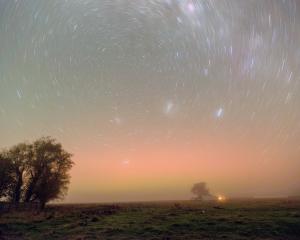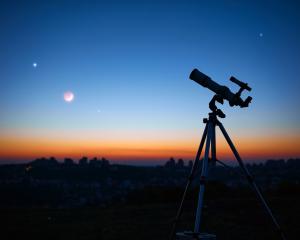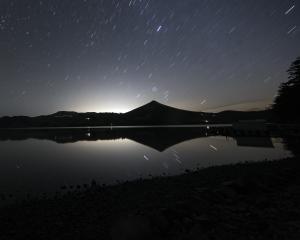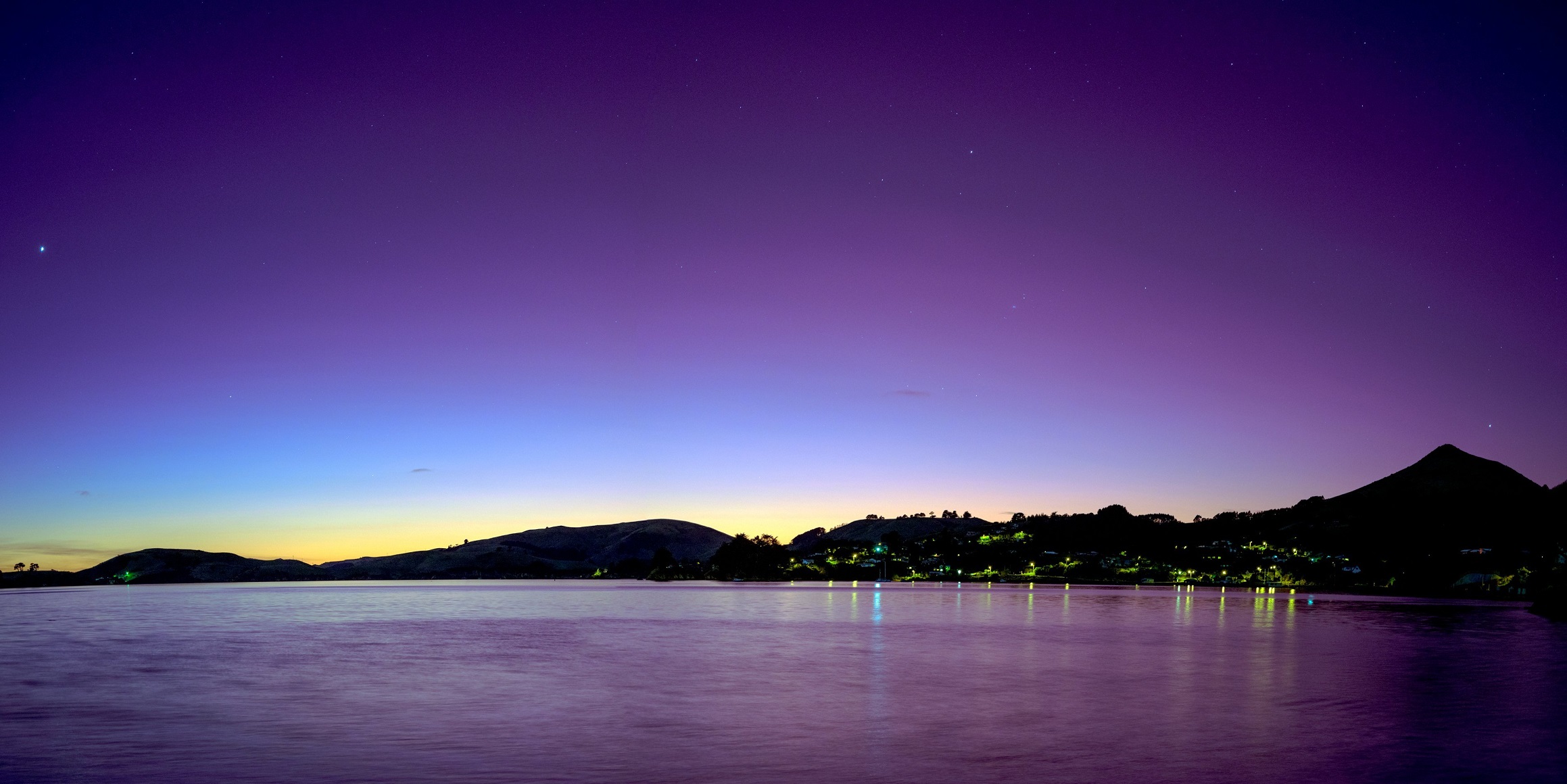
At school, I learned that purple was embraced by Roman Emperors. Tyrian purple was so hard and expensive to make that only the wealthiest and most successful could afford to don purple robes which could only be created by crushing mountains of sea shells.
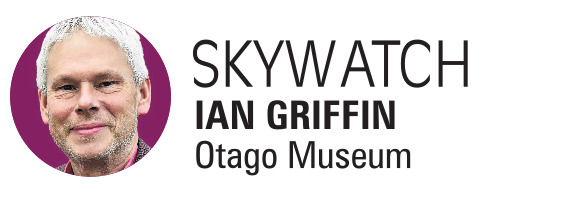
I was Director of MOSI between 2004 and 2008. On my first day, I asked one of the curators to show me something amazing. She produced Perkin’s logbook, written during the period he was trying to make quinine from coal tar.
One day, on the occasion he first made mauvine, a dye which transformed the chemical industry, a set of purple fingerprints appeared in the text. Wow.
Over the past few weeks, I have gained a deeper appreciation of natural purple thanks to some incredible sunrises and sunsets that I have had the privilege to witness.
As regular readers of this column will know, there’s an amazing alignment involving all of the naked eye planets going on in the early morning sky.
Last Saturday morning I got up very early to try to capture a picture of this alignment. I was also trying to spot Matariki emerging from the pre-dawn glare.
Having successfully spotted Matariki and the planets, I was a happy astronomer. Before packing away my cameras I took one last picture as the sky got brighter. That single picture stunned me. The sky was purple!
It turns out that I was witnessing a fabulous sunrise created by aerosols high in the stratosphere. These aerosols were generated by the eruption of the Tongan volcano Hunga Tonga-Hunga Ha’apai on January 15.
"Purple light" is created when direct reddened sunlight combines with indirect blue light scattered by aerosols in the stratosphere. It is often associated with volcanic eruptions.

